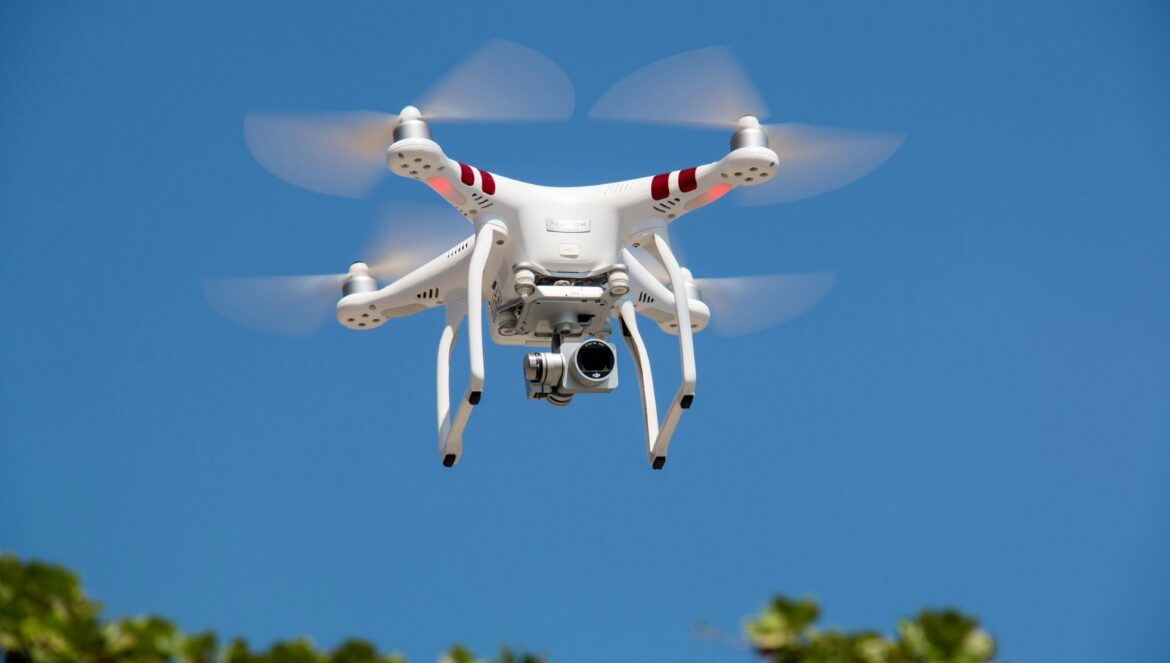Table of Contents
A science, technology, engineering, and math (STEM) education is no longer just another academic option. It’s essential for workforce readiness in our digital landscape. Quite aside from this, it’s important to recognize that today’s students will be instrumental in spearheading the technological innovations that influence the future of our society.
We must find new ways to inspire and encourage a diverse range of these potential inventors. While some classroom learning is vital, you can help by taking your students’ learning outdoors. Nature provides them with tech activities to engage with, not to mention that spending time in the wild makes for a healthy educational environment. Let’s explore a few approaches you can take.
Adopting Diverse Outdoor Activities
One way to inspire the next generation of inventors is not simply to rely on the same old curriculum. Adopting a wide range of outdoor tech activities can introduce students to new tools and how they’re used, triggering fresh ways of thinking. It can also encourage those who may not usually be enthusiastic about traditional forms of tech education.
Thankfully, the increasing accessibility of technology means more diverse ways to incorporate tech into outdoor activities. These include:
• Drone exploration: Getting a couple of small drones fitted with cameras can allow students to explore usually unseen outdoor spaces. Drones give kids a view of the forest canopy, a new perspective on urban environments, and even insights into animal environments. You can discuss how this technology is currently used for tasks like surveying and search and rescue.
• Nature observation apps: Learning how to identify wildlife is a way to better understand and appreciate the natural world. Nature observation apps take this to a whole new level. Many enable students to take photographs of life or recordings of birdsong and return in-depth information about the source. This educates them and highlights how data analytics and artificial intelligence (AI) can be used to learn more about the natural world.
Alongside taking students out on these activities, talk to them about their experiences with the technology afterward. Discuss how each tool they used worked and how this affected their activities. Importantly, encourage them to provide opinions on what adjustments might have made the technology more fit for purpose. This helps get students into the mindset that technology evolves and they can be a part of innovation.
Encouraging Problem-Solving
One of the reasons to inspire students now is because of the many challenges for the next generation of inventors. With reliance on digital tools becoming more prevalent, they’ll need to develop innovations in eco-conscious devices and energy independence. AI will also be a problem to navigate, with professions not just establishing new applications to improve safety and efficiency but also how to adopt it in ethical ways.
This is just a smattering of the challenges your students’ generation will face. It is in everyone’s best interests to get a diverse range of professionals actively involved in addressing them. Outdoor tech activities can help students build the problem-solving skills needed to make a real difference.
It’s often best to take a project-oriented approach to this. You can structure projects around similar problems to those they’ll be facing. For instance, surveying the population of local environments is key to identifying and addressing the degradation of ecosystems. Students could work in teams to adapt drones to survey local areas without disrupting wildlife habitats. From here, they can discuss the engineering and science theory involved in tackling these challenges before ideating new solutions.
Giving them the Freedom to Explore
One of the most critical approaches to inspiring the next generation of inventors is to give them the freedom to explore. Yes, provide them with a certain amount of structure and knowledge. At the same time, give them the space to take ideas and run with them.
You can use the outdoors both as a venue and a focus for your students’ experiments. Provide your students with a selection of components, parts, and resources. You could even invite them to repurpose already existing old devices. From here, you can invite them to engage in tasks with an outdoor focus. This might be competing in robot racing tournaments, bird watching and cataloging, or any other outlet that strikes their fancy.
Get creative here and encourage your students to do the same. Remember to put student safety guidelines in place to prevent injuries from these explorations. Always ensure they experiment in a controlled space without hazards or risks.
The point isn’t to assign a grade based on the success of the objects your students produce. It’s about allowing students to consider their resources, stretch their imaginations, and see where their ideas take them. While they may have missteps in their educational adventures, that’s part of the learning process; it’s an opportunity to highlight failure as something to learn from. Teach them to adapt their thinking and try out alternative solutions. By making them comfortable with taking calculated risks, you’re preparing them for innovation.
Conclusion
Outdoor tech activities can inspire and educate future inventors. There are many ways to encourage these excursions, be they robot racing or walks through the wild. At all times, though, it’s important to communicate that students should interact with the environment respectfully. This can help them see that their STEM activities must align not just with their technological goals but also with caring for the world around them.



